Worries have been raised after Walmart announced a change to its in-store prices. Here are the full details.
Smart Shopping

Your next trip to the supermarket might become an entirely new experience due to this cutting-edge tech: electronic shelf labels (ESLs).
Stickering the Future
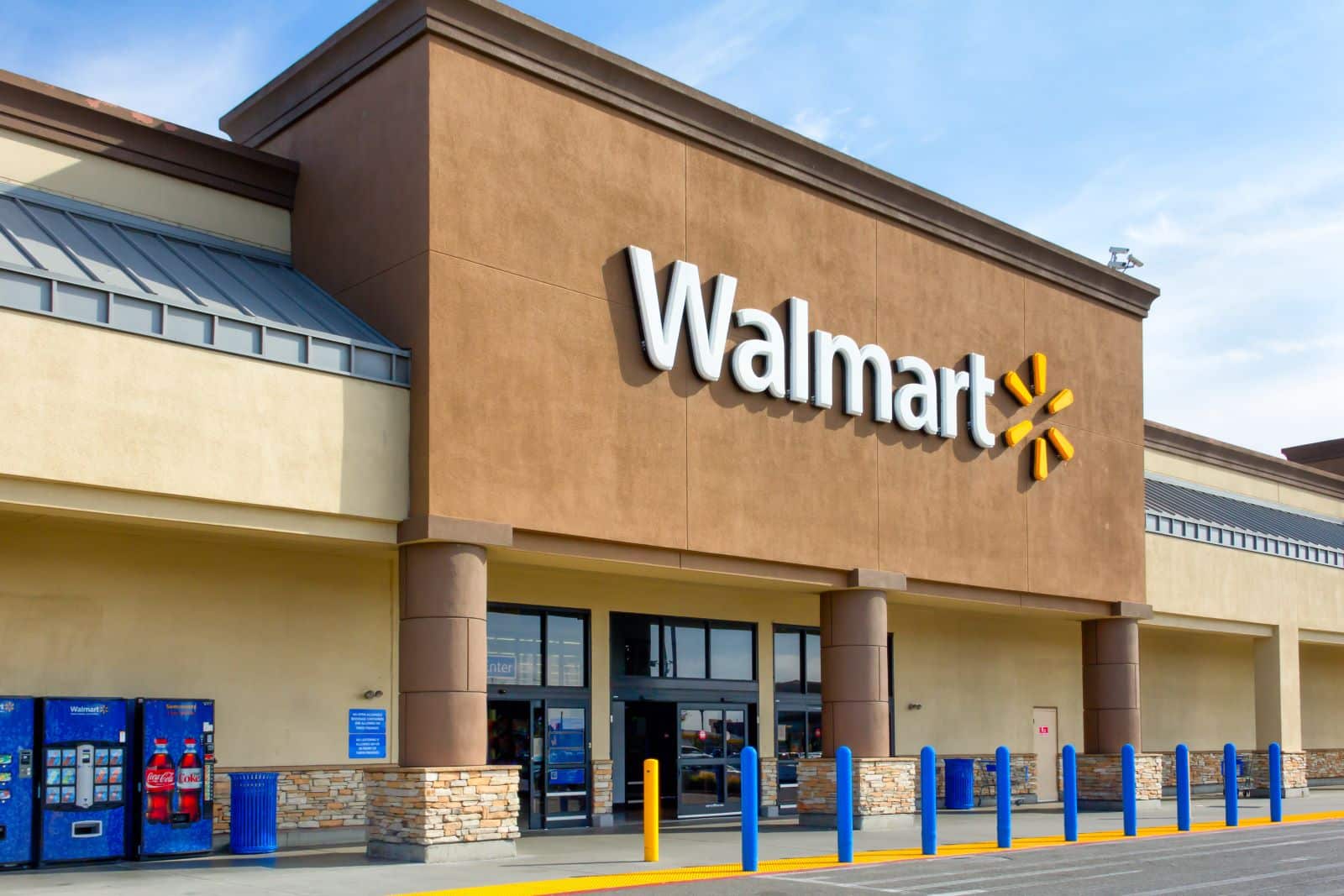
Walmart has just announced it’s ditching the old-school price stickers in favor of these digital labels across 2,300 stores by 2026. This tech is already popping up in Whole Foods and Amazon Fresh, and it’s set to change the way we shop.
Price Juggling
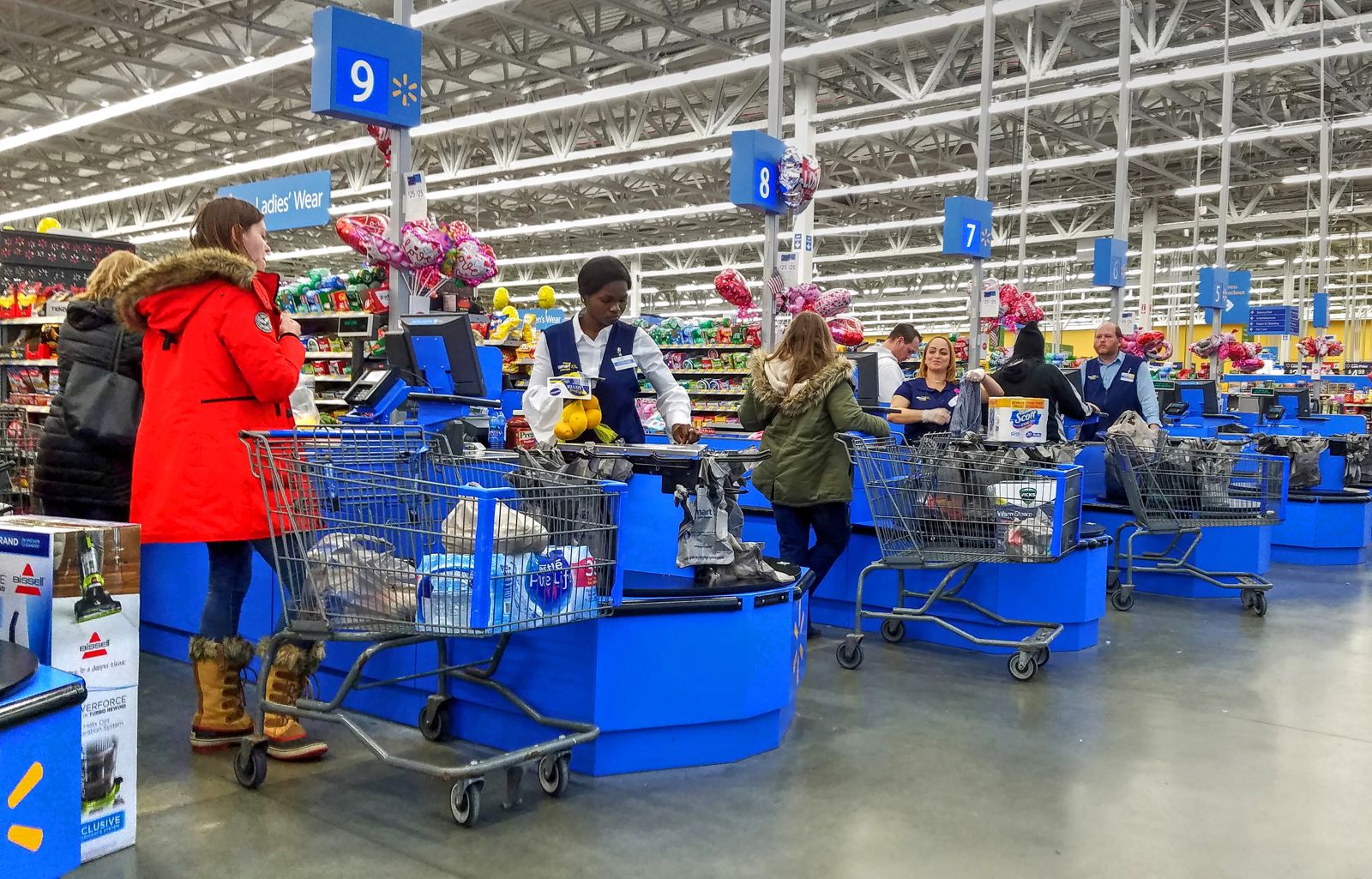
But is that a good thing? Well, think about it this way – surge pricing. Imagine walking into a grocery store where prices are changing by the minute based on the weather outside, the number of customers in the store, or the amount of stock the store has.
Riding the Surge

It’s the same as higher prices at busy times on Uber, and concerns have been raised that that is potentially the future with ESLs – prices that can change in real-time.
Industry Expert’s Opinion

As grocery industry expert Phil Lempert explains, “If it’s hot outside, we can raise the price of water and ice cream. If there’s something that’s close to the expiration date, we can lower the price – that’s the good news,”
Retail Rollercoaster

This means stores can respond instantly to demand, which might be great for their profits and for waste but could spell issues for customers.
Out with the Old, In with the Digital
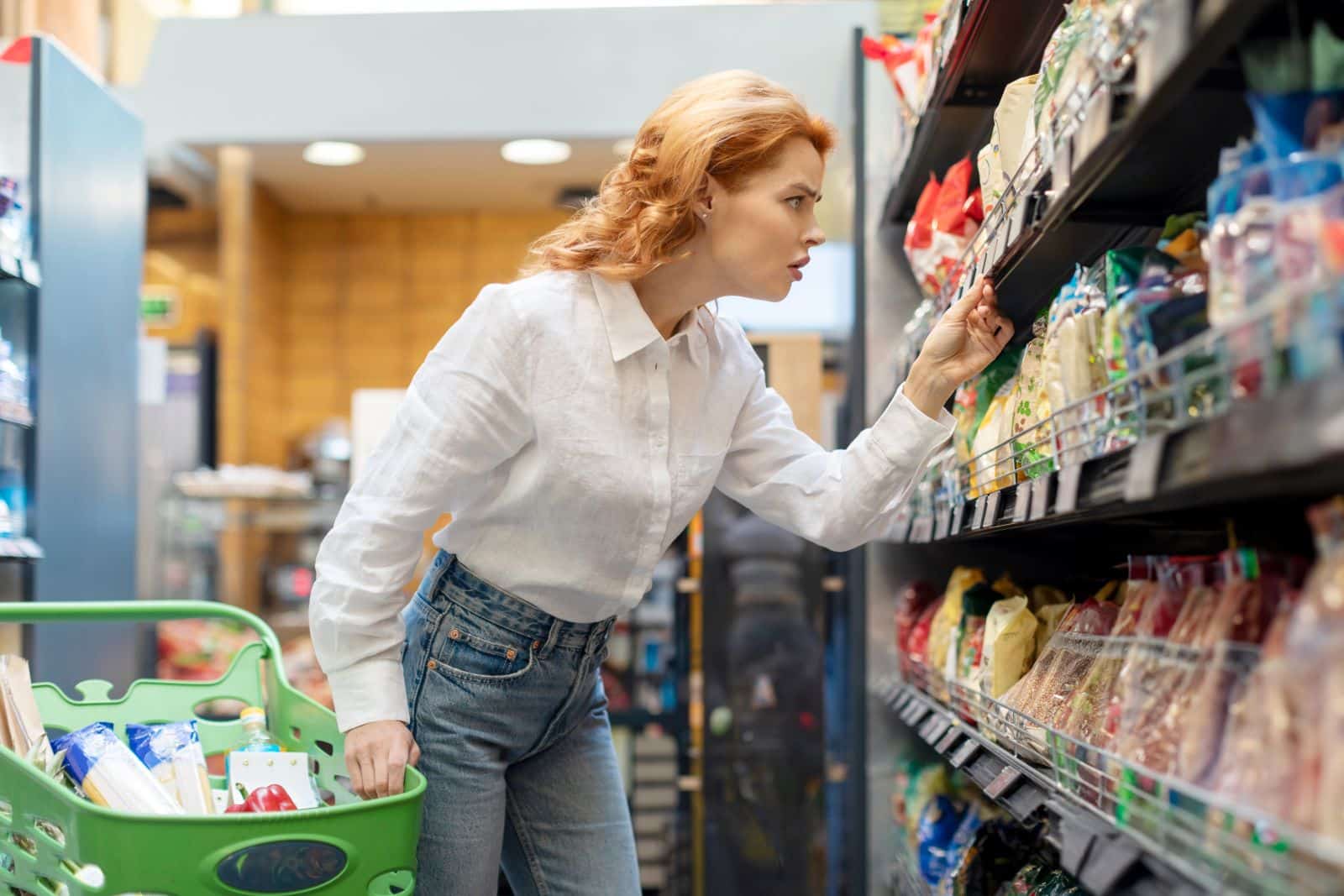
Walmart switching to ESLs is all part of its plan to streamline operations and cut costs.
Faster Shopping, Less Wandering

According to a participant in Walmart’s pilot program in Texas, the key perks are “increased productivity and reduced walking time,” along with faster shelf stocking.
Labor Costs

Walmart is aiming to save on labor costs with these digital price tags – a big deal for companies as wages keep going up, but not great news for employees.
Scan-tastic Labels

ESLs aren’t just for changing prices. These new labels come with barcodes that let you use your mobile to scan for extra information.
Transparency Trend

“They can actually be used where you take your mobile device and scan it to get more information about the product – whether it’s the sourcing of the product, whether it’s gluten-free, whether it’s keto-friendly,” Lempert added.
Shoppers Want To Know What They’re Buying

It’s all part of a broader shift within the retail industry, following growing demand from customers for transparency and detailed product information.
Leveling the Playing Field

Santiago Gallino, a retail management professor at the University of Pennsylvania’s Wharton School, points out that ESLs could benefit everyone – including smaller chains.
Big Retail, Small Risks

“The bottom line, at least when I talk to retailers, is the calculation of the amount of labor that they’re going to save by incorporating this. And in that sense, I don’t think that this is something that only large corporations like Walmart or Target can benefit from,” he explains.
Why Big Retailers Should Tread Lightly

While ESLs might seem like a recipe for price gouging, Gallino thinks big retailers will be cautious. “To be honest, I don’t think that’s the underlying main driver of this,” he says. “These are companies that tend to have a long-term relationship with their customers, and I think the risk of frustrating them could be too risky, so I would be surprised if they try to do that.”
Walmart’s DSL Dilemma
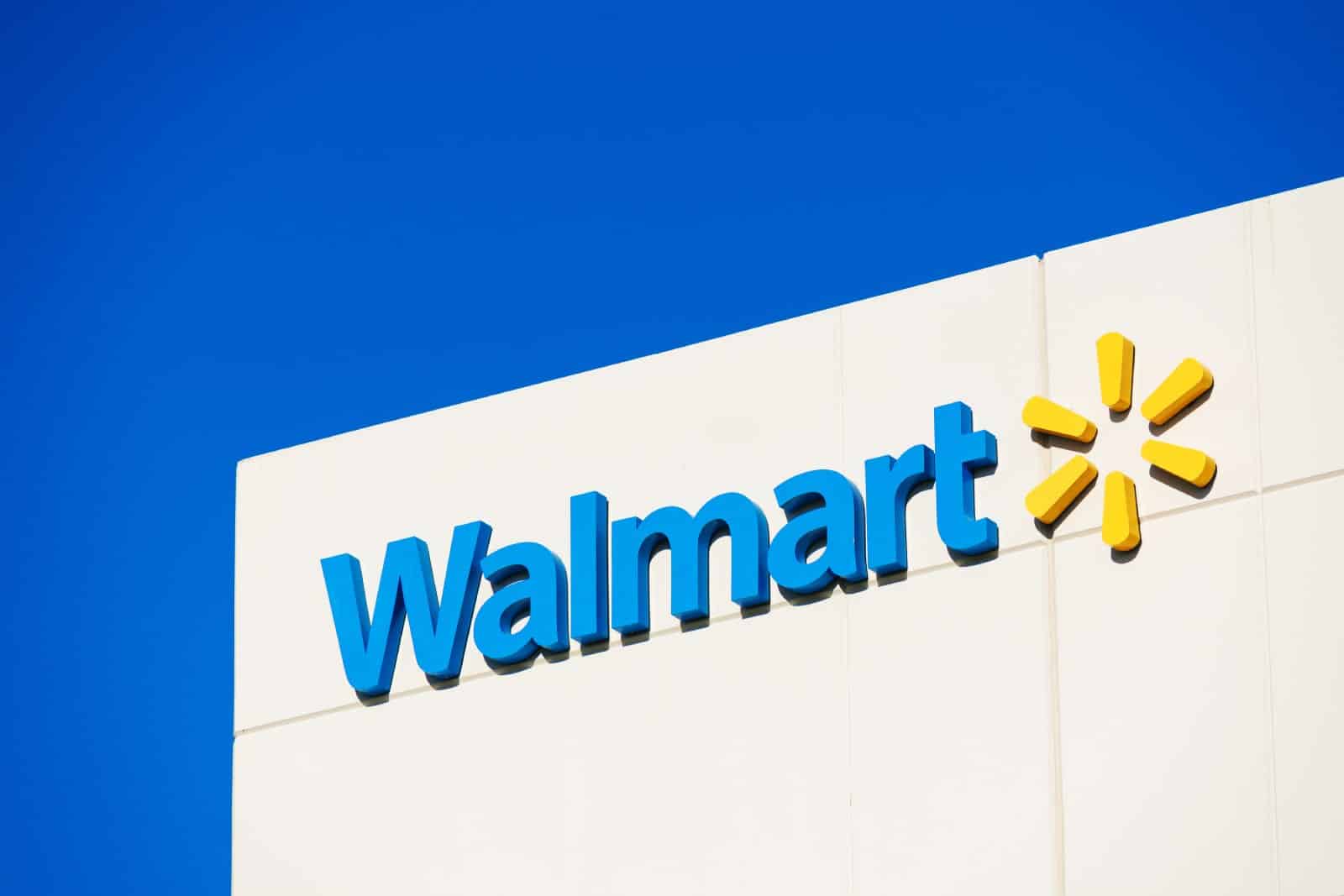
Walmart, for their part, has told customers that “The DSL program is not designed for dynamic pricing,” but that it makes it “easier for associates to add pricing on shelves for new products and update pricing related to planned Rollback and Final Clearance products.”
Prices Up, Patience Down

But just the idea of dynamic pricing is enough to make consumers wary. With inflation on everyone’s minds, people are hyper-focused on everyday costs like never before.
Wendy’s Lesson
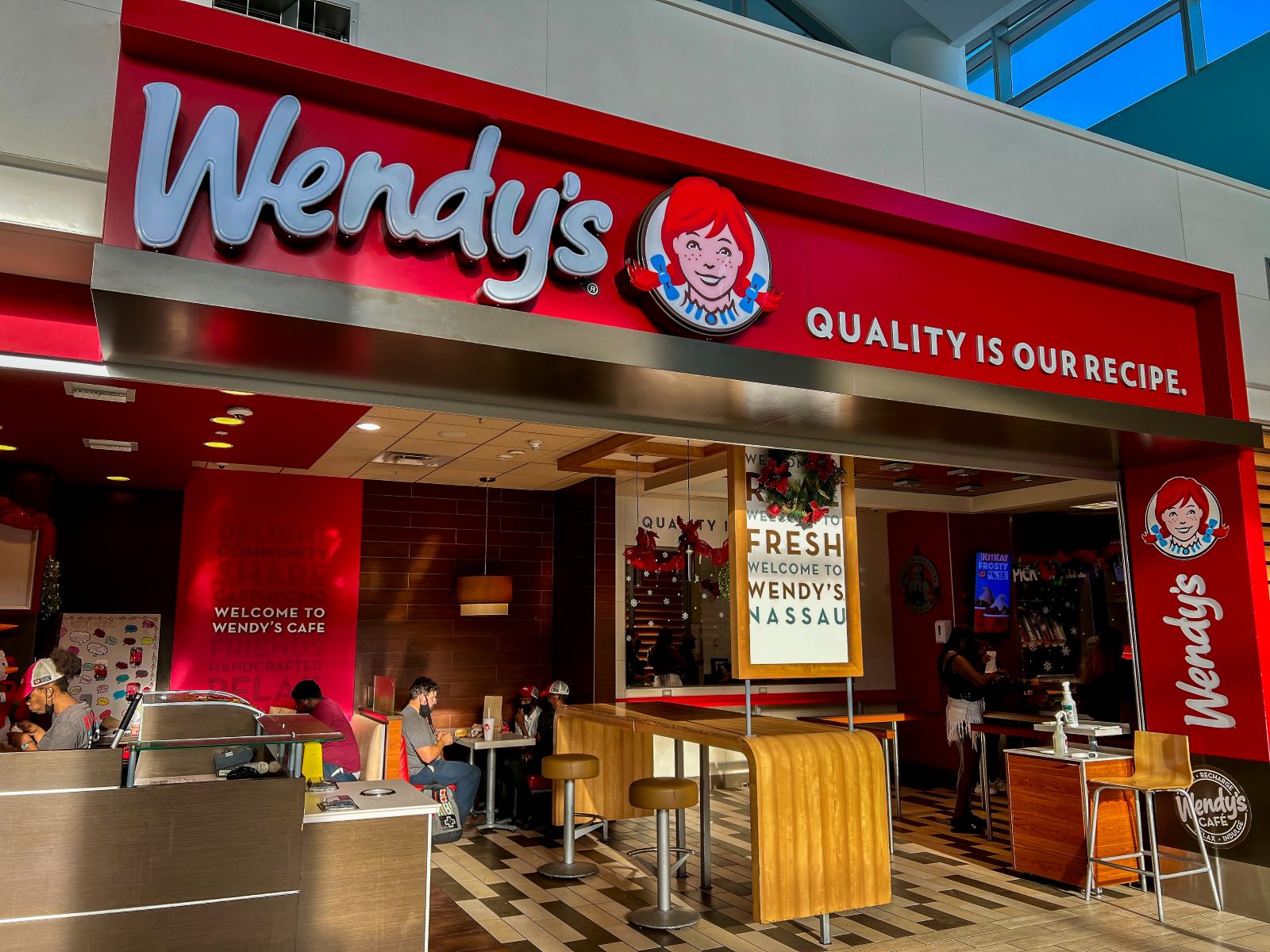
Walmart’s shift to ESLs follows a similar attempt by Wendy’s, who announced they’d planned to test out dynamic or surge pricing on its food back in March.
Fast Food Fiasco

The fast food chain said that dynamic pricing wouldn’t hike up prices for customers, but it still led a New York lawmaker to propose a law to ban it outright. Following customer backlash, the company pulled the idea entirely.
Remote No More: 19 Companies Returning to the Office

As the pandemic wanes, companies are recalling remote workers back to the office, sparking debates on fairness, costs, and convenience. However, there are also notable productivity, coworking, and mental health benefits to consider. Feeling the effects of these changes? Remote No More: 19 Companies Returning to the Office
8 Costco Must Buys and 8 to Leave Behind

Ever wandered Costco’s aisles, questioning if that giant jar of pickles is a real bargain? Or debated buying tires where you get your rotisserie chicken? Welcome to the definitive guide to Costco shopping—a journey to save money, prevent regrets, and offer quirky insights into bulk buying. 8 Costco Must Buys and 8 to Leave Behind
23 Reasons Texas Is the Next Big Thing

Texas is becoming a beacon of opportunity, blending cultural heritage with economic growth. From its landscapes to its industries, the Lone Star State offers a dynamic lifestyle. Here are 23 reasons why Texas stands out, attracting entrepreneurs, artists, tech professionals, and families seeking new beginnings. 23 Reasons Texas Is the Next Big Thing
The post Surge Pricing at Walmart: New Shopping Systems Spark Consumers’ Fears of More Pain first appeared on Liberty & Wealth.
Featured Image Credit: Shutterstock / PeopleImages.com – Michael Vi.
The content of this article is for informational purposes only and does not constitute or replace professional financial advice.

